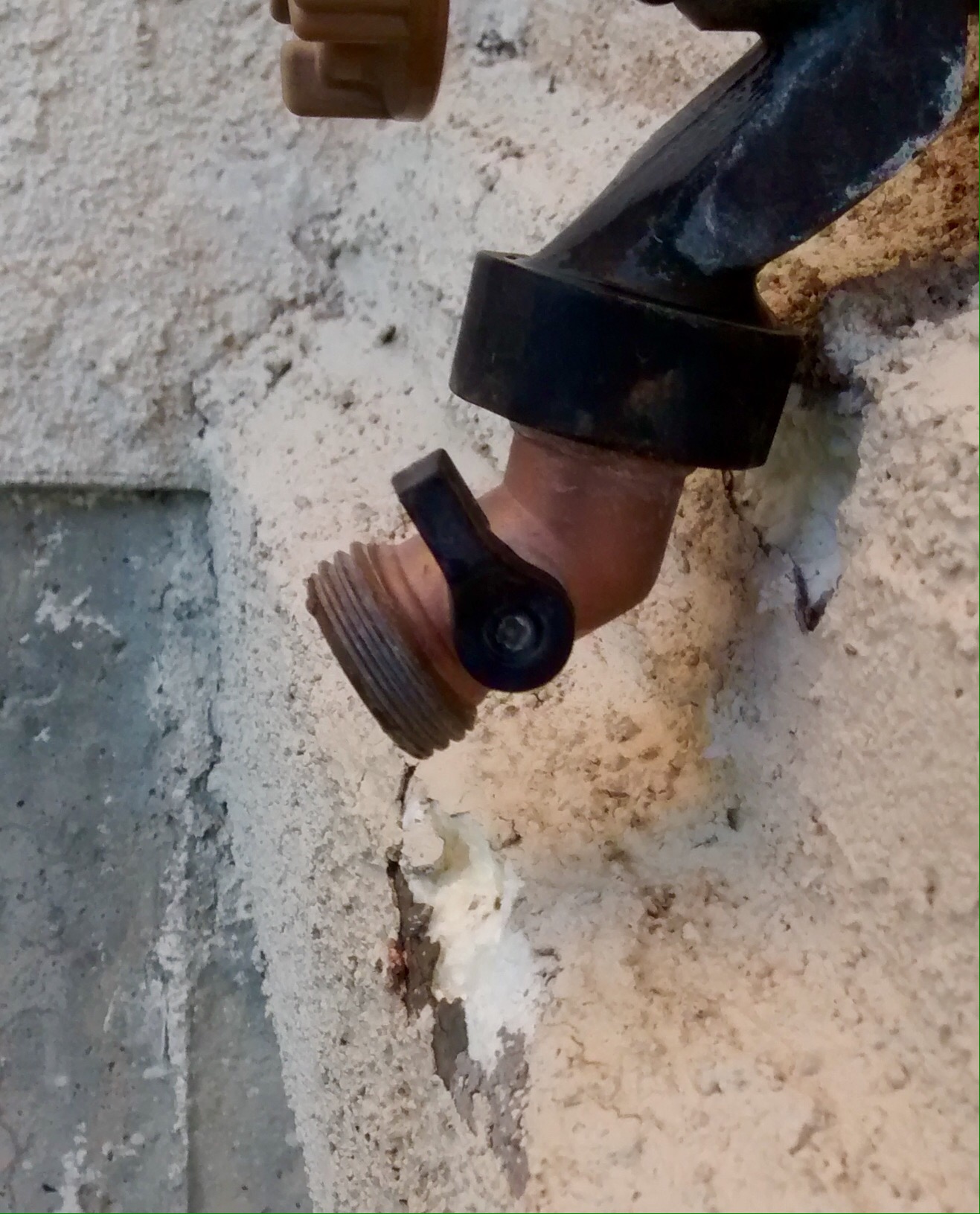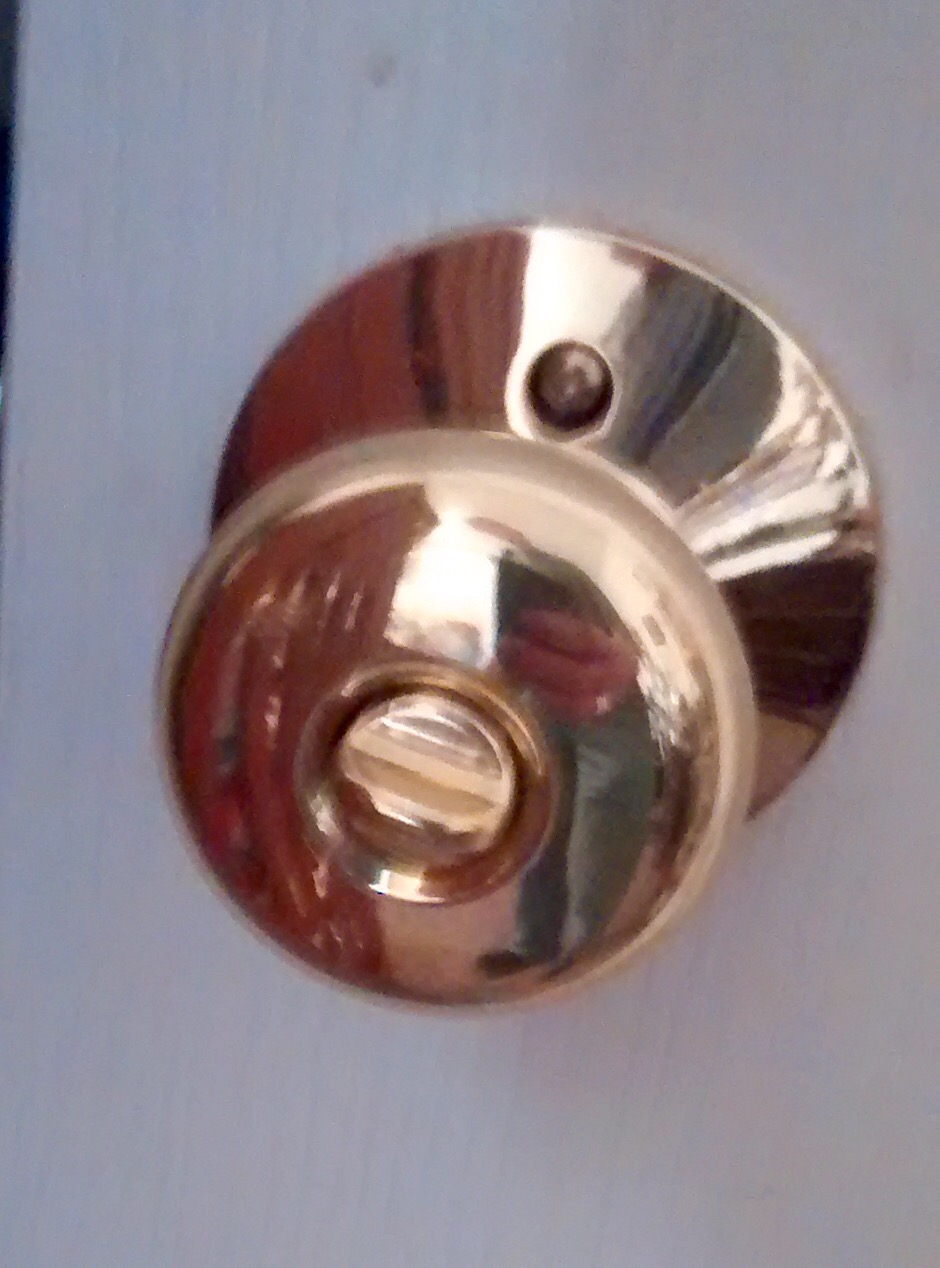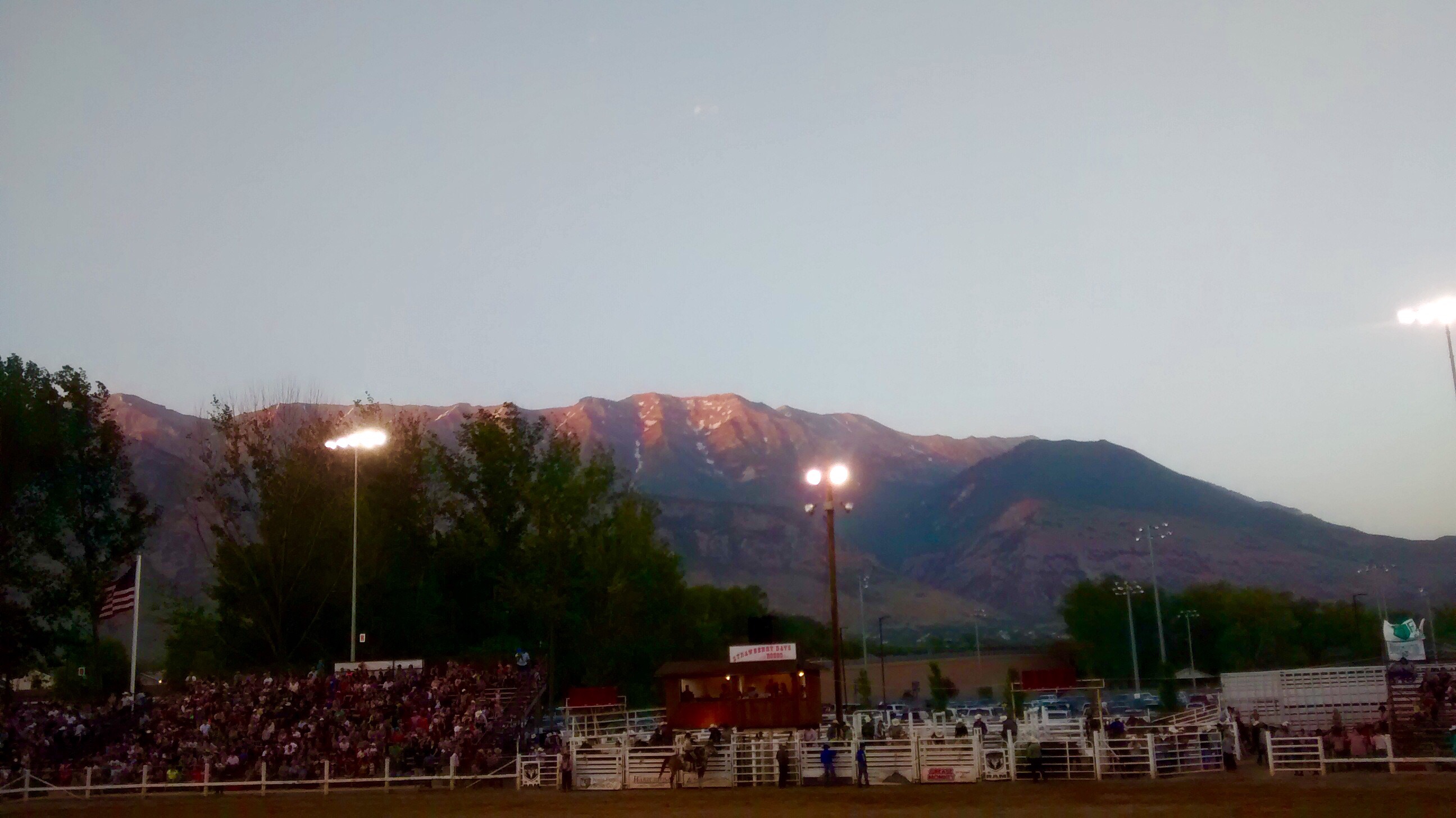My city has a water problem. We have two sets of water pipes in our city. One set has the culinary water. The clean water that we use for cooking and bathing and washing and drinking. And then we have the secondary water. Secondary water is untreated. Not fit to drink. But, it’s great for our lawns and gardens. In addition to the “potableness” of the water, there is one other big difference: the cost. Unlike culinary water, secondary water is free.
Not just cheap, or discounted. It literally is “use all you want” free. And that’s the problem. What’s the point of conserving what’s free?
Did I mention I live in a desert state? Water is a pretty important resource. We never have enough of it. We all agree that it should be conserved. And therein lies the irony.
I’m putting solar panels on my roof this summer. Well, I’m not doing it. Some nice guys with a big truck will show up next week and put panels on my roof. At which point I will start using the power of the sun to power my house. Economically, it’s pretty much a break even investment for the first couple of years. After that, assuming the utility rates continue to increase, I start to get a greater return on investment. The payoff on the loan is 10 years. I think the break even point is about 7 years.
Of course, if the sun goes out, I’ve totally wasted my money!
Solar panels do not allow me to go “off grid.” In fact, our nation’s fascination with alternative energy, especially wind and solar will never be much more than a supplement to traditional energy until we solve the storage problem. We can’t store energy. Not really. So, after I become a solar power plant, any energy I don’t immediately consume will be pushed back on the grid and my utility company, Rocky Mountain Power, will give me a credit for my extra watts. Later, like after the sun goes down, I will pull power from the grid. And in the winter when the sun isn’t out as much, or it’s stuck behind a cloud that is dumping some of the greatest snow on earth on my house, I’ll be able to pull electricity from the grid.
To cut my link to the utility company would require a set of batteries in my garage. And that’s currently full of important stuff like skateboards, boxes of Christmas ornaments and my shop tools.
Anyway, as we’ve considered the impending installation, I realized that I will be gaining relief from the utility company, but I will be giving up a great teaching moment for my children.
The guy who sold us the solar system did some calculations based on our energy usage for the past year. He recommended enough panels to meet our current needs. That means that I’m going to essentially be energy neutral; generating as much as I consume. And, discounting the cost of the panels, which are a fixed cost, my variable costs for energy are zero. It’s free. And why conserve what’s free?
Today, when my kids leave their light on, or they hang the doors open while the air conditioner is running I can fall back on the “it’s wrong because you are wasting energy.” After my panels are put in place, I lose that argument. My children will learn that there is no value in conserving. And their eschewing of conservation will be because we equipped our house with clean energy.
Just as our city planners have a difficult time convincing people that the “free” water needs to be conserved, I have to convince my kids that we still need conserve when the electricity is free.
Perhaps it won’t matter. Perhaps energy, like wifi will become cheap enough that it will be essentially free. We could build entire buildings with solar panels on the outside and perhaps make them, like Tony Stark’s headquarters, completely energy independent. It’s a few years away, but it’s an intriguing possibility.
In the mean time, my kids are going to learn that conservationism means never having to conserve: a cruel irony, indeed.
Rodney M Bliss is an author, columnist and IT Consultant. His blog updates every weekday at 7:00 AM Mountain Time. He lives in Pleasant Grove, UT with his lovely wife, thirteen children and grandchildren.
Follow him on
Twitter (@rodneymbliss)
Facebook (www.facebook.com/rbliss)
LinkedIn (www.LinkedIn.com/in/rbliss)
or email him at rbliss at msn dot com(c) 2016 Rodney M Bliss, all rights reserved
The difference was stark. Everyone from the oldest hiker that day to the youngest pre-teen followed the same pattern. Those from the desert vs those from the coast.
I had a family reunion last week. My extended family came to Utah from their homes near the coast in California and Washington. We had a fun long weekend full of activities. One of the first was a hike in the Utah mountains. I was in charge of picking the route.
I go hiking on a regular basis here in Utah. But, I knew I couldn’t send my mother, who is a great grandmother and her grandkids on a hike that was too aggressive. I picked a hike that starts not far from my house. It goes up Battle Creek Canyon for about 3/4 of a mile and ends in a beautiful waterfall.
The hike is rated good for all skill levels. It’s 1.4 miles round trip and it climbs about 630 feet in elevation over the 3/4 of a mile. We are well into the summer here in Utah and it’s hot. The day of the hike it was forecast to be in the upper 90’s. We scheduled the hike for the morning when it would be (slightly) cooler.
As we assembled at the trailhead at about 10:00am, it was already warm and the sun was high overhead. The beginning part of the trail is very wide and relatively flat. At least I thought it was. We quickly noticed one of the first differences between those native to Utah and those who live at sea level in Washington. The trailhead starts at about 4900 feet above sea level. I live just down the hill at about 4400 feet above sea level. The 500 feet difference is really no difference.
Olympia, WA is at sea level. The 4900 feet difference was immediately apparent. We slowed the pace considerably as people struggled to get a complete lungful of air. However, the that wasn’t the real difference between our two groups. The California folks actually handled the elevation just fine.
But, what became immediately obvious as we passed the 1/4 mile mark, was that everyone who lives in Utah had brought water. No one who lives outside of Utah had brought any water, with one exception. I always bring extra water. I’ve learned that if you return from a hike in Utah, and you don’t have water left over, you didn’t take enough. I have my supply and a reserve.
Hiking in Utah is serious business.
It made me think. To me, this was a leisurely mile and a half stroll. People take their babies on this hike. And yet, I brought three quarters of a gallon of water. To my family it was a somewhat strenuous hike and they hadn’t brought any water. In my home town in Washington, you don’t pack water for a two mile hike. You would be viewed as slightly strange if you slung a two liter water bottle over your shoulder to take a walk in the woods.
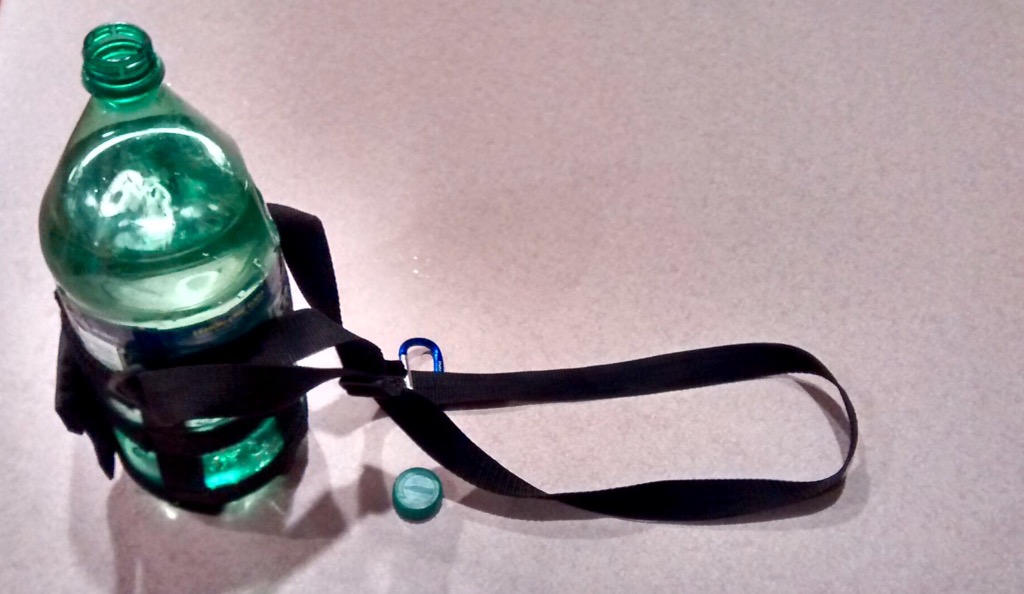
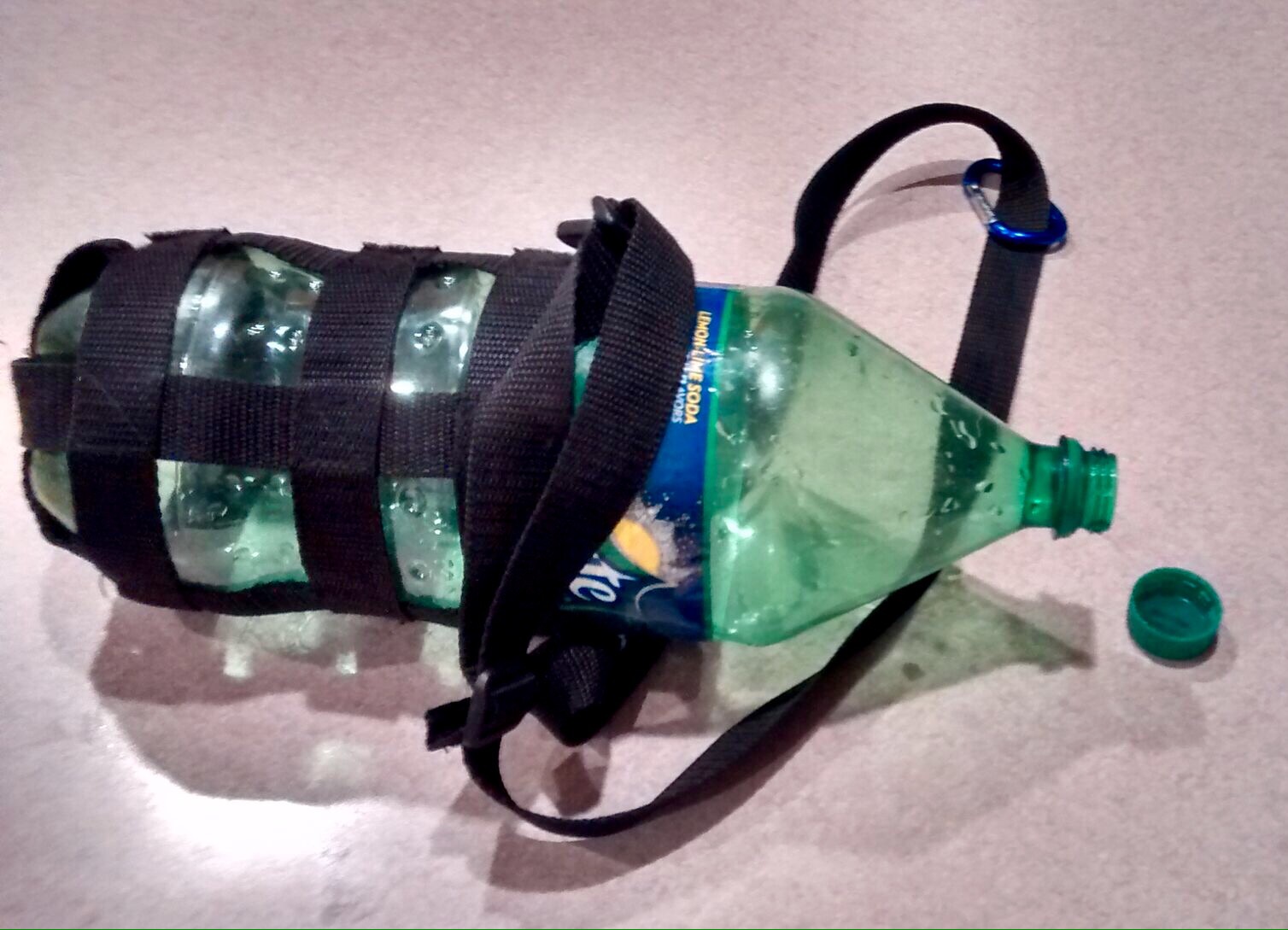
In the desert, it can literally be a matter of life and death. I handed off my two liter bottle to my brother and his family of 5. They drank nearly all of it before we finished the mile and a half hike. It wasn’t even something I would have considered reminding people about. We carry water in our car. We carry water on walks. I take water when I go play basketball.
Water is life when you live in a desert. Not so much when you live in a rain forest.
Rodney M Bliss is an author, columnist and IT Consultant. His blog updates every weekday at 7:00 AM Mountain Time. He lives in Pleasant Grove, UT with his lovely wife, thirteen children and grandchildren.
Follow him on
Twitter (@rodneymbliss)
Facebook (www.facebook.com/rbliss)
LinkedIn (www.LinkedIn.com/in/rbliss)
or email him at rbliss at msn dot com(c) 2016 Rodney M Bliss, all rights reserved
Rodney, how was your vacation? The client didn’t end up calling you, did they?
Well, a couple of times.
Last week my family was in town for a reunion. We hold them every four or five years. My two brothers and their kids, my mother and her husband and then, most of my kids and grandkids, all spent four days, playing games, singing karaoke and eating lots of food.
It was a blast. My 13 year old son wanted to know when we can have the next one.
There was one slight hiccup in my personal involvement. My call center kept having issues. And, being the only one who does what I do, if it breaks, they call me. And if they call me because it’s broken, it doesn’t typically get fixed unless I coordinate the fixing of it. So, I spent much of the reunion like this.
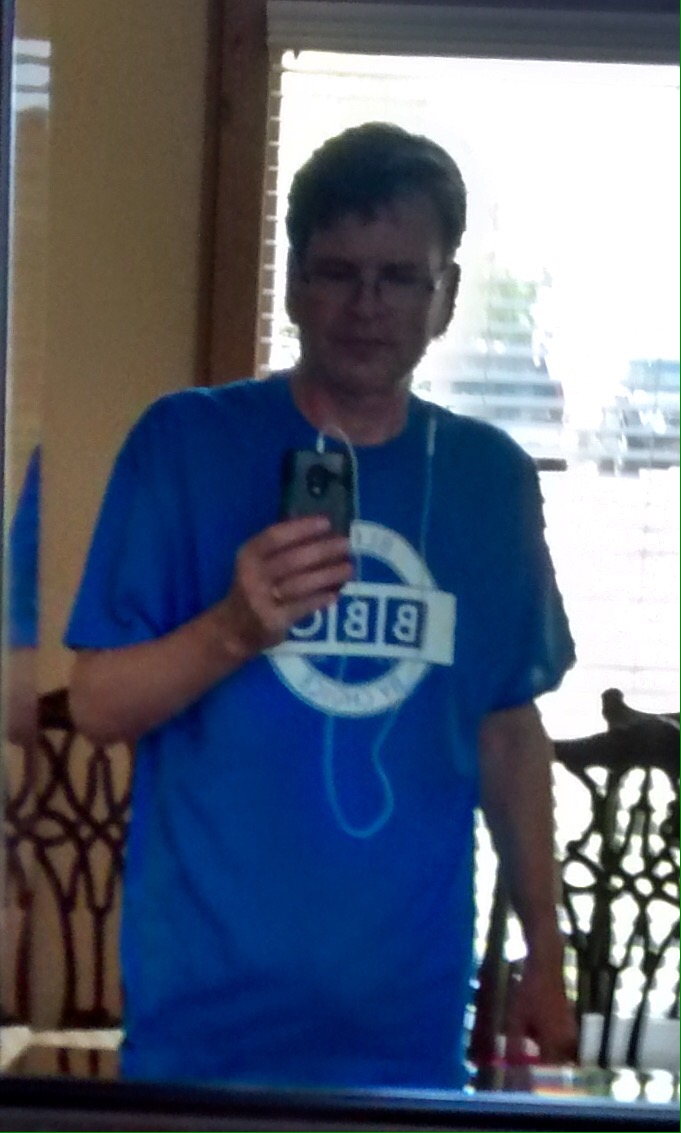
(The shirts were made by my brother and stand for “Bliss By Choice.” Most of us actually chose to be named Bliss. It’s a long story for another day.)
But, fortunately, most of the outages were issues with the client’s infrastructure. That means that while I have to be on the phone, there is very little I actually have to do. There’s lots of dead air time. During those times, I would use the mute button and go on visiting with my family. It didn’t really bug me, but it was hard on my family. My brother asked,
Is this how most of your calls go?
You know, it depends on what’s broken, but if it’s a problem on the client side, yeah, I just go about my day waiting on updates from them. It doesn’t really affect me much.
Well, it’s pretty disconcerting for us. We never know when you are talking to us or talking on the phone.
Many of my updates while on outage calls were sent through email. So, I was in and out of my work email multiple times per day. It made it really easy to keep up on the random emails that we all get throughout the day. And as a consequence, I came back to work to an emptier mailbox than I left.
Sure, it would be great to be able to put everything aside for the vacation and there are times I can do that. But, the way to not get frustrated with work/life balance is to simply refuse to give up your “life” when you also need to “work.”
Rodney M Bliss is an author, columnist and IT Consultant. His blog updates every weekday at 7:00 AM Mountain Time. He lives in Pleasant Grove, UT with his lovely wife, thirteen children and grandchildren.
Follow him on
Twitter (@rodneymbliss)
Facebook (www.facebook.com/rbliss)
LinkedIn (www.LinkedIn.com/in/rbliss)
or email him at rbliss at msn dot com(c) 2016 Rodney M Bliss, all rights reserved
I’m not sure if it’s because I’m a control freak, or a perfectionist. Maybe I have trust issues.
I have a family reunion this week. Most of my family lives in Washington and California. They decided to come to Utah for the reunion. It started yesterday. So, as any sane person would do, I took the day off. And today too.
But, that’s where my sanity seemed to end. I ended up putting out several work “fires” and answering tons of email yesterday. I was even in two different online meetings.
Even I ask myself, why? It’s a complex question and it’s a simple question. The simple part is because I’m not willing to hand off control of my account to someone else. I’m the sole technical point of contact for my client. If there’s a problem, they call me.
Everyone has times they are not available, including me. During those times, someone else has to cover for me. It often doesn’t go well. Or actually, it doesn’t go as well as it would if I did it myself. It’s why I’ve taken support calls 8000 feet up the side of a mountain. It’s why I have extra battery packs for my cell phone and leave it turned on when I’m camping overnight. It’s why I can tell you where the dead spots are between Salt Lake City and Las Vegas and whyYouShouldTalkReallyFastBeforeYouHitADeadSpo. . . .
I often live my life with a “What’s the worst that can happen” attitude. It’s not quite a “YOLO: You Only Live Once” approach. It’s more looking at a situation and deciding how much to care. If I want to paint the bathroom blue and my wife wants it pink, what’s the worst that can happen if we do it her way?
The problem is that when I apply that attitude to my job, I come up with some kind of scary scenarios. If I hand off control of my account for a couple of days, what’s the worst that can happen? Well, the system could break and my agents can no longer take calls and it costs us thousands of dollars. . .But probably not. Or, the minor crisis on Thursday will fester for four days and be a full blown crisis on Monday.
I’d rather take an hour and solve it on Thursday than take my entire day Monday to clean up the mess.
I got a call yesterday from my contact at our client. He was asking for perfectly reasonable things, but I was thinking about my time off. I was thinking about how my job is designed in such a way that I am on call 24×7. I was thinking about how we’ve talked for two years about hiring a backup for me, and it hasn’t happened. That was a lot to pile on Mark, for calling me to ask about the status of the new accounts we are setting up.
I snapped at him some retort that while civil, expressed my displeasure. Mark’s a smart guy. He picked up on the fact that I was annoyed.
Is something wrong, Rodney?
And I realized what I had done. I apologized to Mark. (Badly, I think, so I sent a follow up email) and considered my response. It wasn’t the fault of my company that I was working on my day off. It wasn’t the fault of my manager, or the client or really anyone else. It was my fault. It was a choice that I made. And since it was my own choice, I should stop blaming other people for bothering me on my personal time.
I had decided I didn’t want to pay the price for letting others manage my account for a couple of days. That’s a perfectly rational choice. I’m a project manager. I did the risk/reward analysis and decided that I would rather take the risk of getting a call than the greater risk of having to deal with issues on Monday.
So, rather than feel like a martyr, I needed to straighten up and do my job in a professional manner. If I sign up to run a marathon, no one wants to hear me complain about how much my feet hurt.
Rodney M Bliss is an author, columnist and IT Consultant. His blog updates every weekday at 7:00 AM Mountain Time. He lives in Pleasant Grove, UT with his lovely wife, thirteen children and grandchildren.
Follow him on
Twitter (@rodneymbliss)
Facebook (www.facebook.com/rbliss)
LinkedIn (www.LinkedIn.com/in/rbliss)
or email him at rbliss at msn dot com(c) 2016 Rodney M Bliss, all rights reserved
Ever heard the brakes on your car squealing? Did you know that is NOT the sound of your brakes being down to “metal on metal”? The do that on purpose.
A brake job costs anywhere from $125 to $225. And typically that’s to replace the front ones. The rears don’t actually get used much except when you set the parking brake.
All of this is stuff that I’ve learned in the last few years as a reluctant mechanic. Yesterday, I realized I’m not that guy anymore. I’m not the guy that actually drove my van 25 miles to the mechanic to have him tighten a single screw on the windshield wipers.
Often we learn incrementally. One of my favorite movies is Groundhog Day with Bill Murray. If you’ve never seen it, he’s a jerk who gets “stuck” reliving the same day over and over. (Come to think of it, if you’ve never seen it, how do I even know you?) I’ve seen estimates that he may have lived as much as 20 years by repeating the day over and over.
One of the things he decides to learn since he has some time on his hands, is how to play the piano. He starts off knowing nothing. Watching the movie, everyone else is living February 2nd for the first time, even though he’s been through that day thousands of times. His lesson with the piano teacher is the first time she’s seen him. And the second day of piano lessons is the first time she’s seen him.
I bring this up to consider the nature of a single lesson. How much can you learn in a single lesson wither it’s piano, or calculus, or how to draw a funny picture, or how to change brake pads?
Not much.
But, repeat that lesson over and over and over again and eventually you look around and realize that you know this stuff. In Bill Murray’s case, we see him at the end of the movie leading a jazz band from the keyboard.
My friend Howard Tayler draws a funny cartoon for a living. And yet, when he started his hobby 16 years ago, he couldn’t draw very well. There was not a day that he suddenly woke up and said, “Today I am an artist and have mastered my craft.” Instead it was a step at a time. You can go here and see his first comic and go here to see what it looked like after a lot of practice.
Rodney, our neighbor Joyce wants to know if you can look at her brakes and replace them if needed?
Sure, I need to know the make, model, and year of her car.
(Actually, I eventually found I needed to also know if her minivan used disk or drum brakes on the rear. The 2005 had two configurations.) My lovely wife texted me the info on the car. I stopped by the auto parts store, bought the new brake pads, yesterday thought,
I’ve got two hours before I have to be at Scouts. I’ll just do the brakes first.
That is crazy talk. My automotive projects always take WAY longer than I think they will. Sometimes weeks longer.
I pulled her car into our driveway, jacked it up, pulled the tire and realized I had never seen brakes configured like this before. And so, I did what I always do, I pulled the calipers, and replaced the brake pads, in less than 75 minutes.
Wait. No, that’s not what I always do. I normally take hours and hours, and multiple trips to the store and then it still doesn’t work and I call my neighbor who is a great mechanic.As I put the last wheel back on, I thought about the fact that I don’t remember the day that I became a competent mechanic. but, it was some time before yesterday. I do know that.
Rodney M Bliss is an author, columnist and IT Consultant. His blog updates every weekday at 7:00 AM Mountain Time. He lives in Pleasant Grove, UT with his lovely wife, thirteen children and grandchildren.
Follow him on
Twitter (@rodneymbliss)
Facebook (www.facebook.com/rbliss)
LinkedIn (www.LinkedIn.com/in/rbliss)
or email him at rbliss at msn dot com(c) 2016 Rodney M Bliss, all rights reserved
Data centers are cold, except for the parts that are really hot. But, Mostly they are cold. One of the biggest expenses for a data center is the cooling system. Data centers are not built with any heaters. Not even in a cold climate like Utah in the winter. The problem is not that they get too cold. The problem is they get too warm.
Computers create a lot of heat. And ironically, it’s heat that will kill them. Here in Utah, it’s been hot. Even at night, our temperatures have been down only in the 70’s. During the day we are in the upper 90’s and low triple digits. Wildfires are raging across Southern California due to the hot dry weather. Utah has a few wildfires in the Southern part of the state.
Again, it’s somewhat ironic that the heat actually causes problems with the heat. By that I mean that the hotter it gets, the more people use their air conditioners. The more they use the AC, the more of a load it puts on the power grid. The more of the load on the grid, the more likely it is that the power company may need to cut power. (Calling rolling blackouts.) During a rolling blackout, of course, no electricity means no AC. Which in turn means more suffering from the heat.
In Utah, typically our issue water not electricity. We make electricity with coal and we have plenty of that. But, California worries about the electric grid every summer when it heats up.
I have an air conditioner. My neighbor has a swamp cooler. We typically wait as late in the year as we can to turn on the AC. It costs money, of course. And while I’m not a huge “green” fan, I understand that the electricity comes from coal and coal is not great for the air we all want to breath. We are having solar panels installed this year. I wonder if it will change my view of AC when literally I am using the heat of the sun to cool my house. If I have enough solar panels, I will not put ANY load on the grid by running my AC constantly.
My neighbor’s swamp cooler is cheaper to run. If you’ve never lived in a hot dry climate, you may be unfamiliar with swamp coolers. Essentially it is a device that sits on top of your house, and blows air past water. The water evaporates. As it evaporates it requires energy. It gets that energy from the air, so the air is cooler (and moist.) The blower pushes that cool wet air into your house.
Unfortunately swamp coolers have a couple of drawbacks. They have a limit to how much they can drop the temperature. Since they are relying on the principle of evaporating water, they don’t have the option of “turning down” the temperature. Water only takes so much energy. Once you get past a certain point, you cannot pump enough air past the water to combat the heat. My neighbor mentioned that our 90 degree days have moved them past that point. The second issue is that swamp coolers rely on the ability of the air to absorb the water. They increase the humidity. In a state like Utah were our humidity is in the 20 percent range, that works great. In areas like Seattle where I grew up, and the humidity can be in the 70%-80% range, they don’t work. The air just can’t hold the water.
Not everyone avoids the heat at all costs. I remember a story about the famous actor Paul Newman. He was also a very talented race car driver. It gets really hot in a race car. Newman would spend the couple of hours before the race in his trailer with the heat turned on. It would get really hot. He felt that submitting himself to the heat before he was in the race helped his body to deal with the heat of the race better.
Obviously race cars don’t have AC. I don’t normally use the AC in my car. I enjoy the feel of the wind through an open window or the sun roof. This week, I can’t crank the AC high enough.
Hope you are staying cool wherever you are.
Rodney M Bliss is an author, columnist and IT Consultant. His blog updates every weekday at 7:00 AM Mountain Time. He lives in Pleasant Grove, UT with his lovely wife, thirteen children and grandchildren.
Follow him on
Twitter (@rodneymbliss)
Facebook (www.facebook.com/rbliss)
LinkedIn (www.LinkedIn.com/in/rbliss)
or email him at rbliss at msn dot com(c) 2016 Rodney M Bliss, all rights reserved
Ever noticed how some people just “know stuff”? They can look at a situation or an object and almost instinctively know how to solve something. For anyone who is a mechanic, it’s loosening and tightening bolts. Many people remember “lefty loosey. Righty tighty.” You turn a bolt counter-clockwise (left) to loosen it. You turn it clockwise (right) to tighten it.
But, if you watch a mechanic, he doesn’t recite that couplet. He just grabs a wrench and turns it. . .the right way.
I once asked a senior escalation engineer to help me look at a network trace. He pulled it up in WireShark and started paging down through the file.
Wait! What are you doing?
I’m getting to the part of the trace where the client is logging in.
But, how do you know it’s not this part.
Because I can see that this part is just a bunch of TCP and DNS traffic.
What I had to pour over line by line, he was able to see a page at at time. I was thinking of this recently when I thought about locks, gas and water lines.
Did you know you can tell at a glance if a lock is set, Or if a water valve is opened or closed? Look at the following pictures.
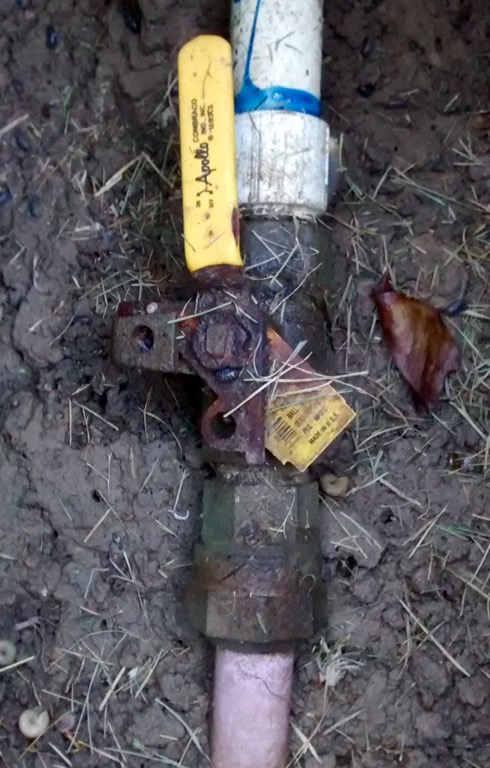
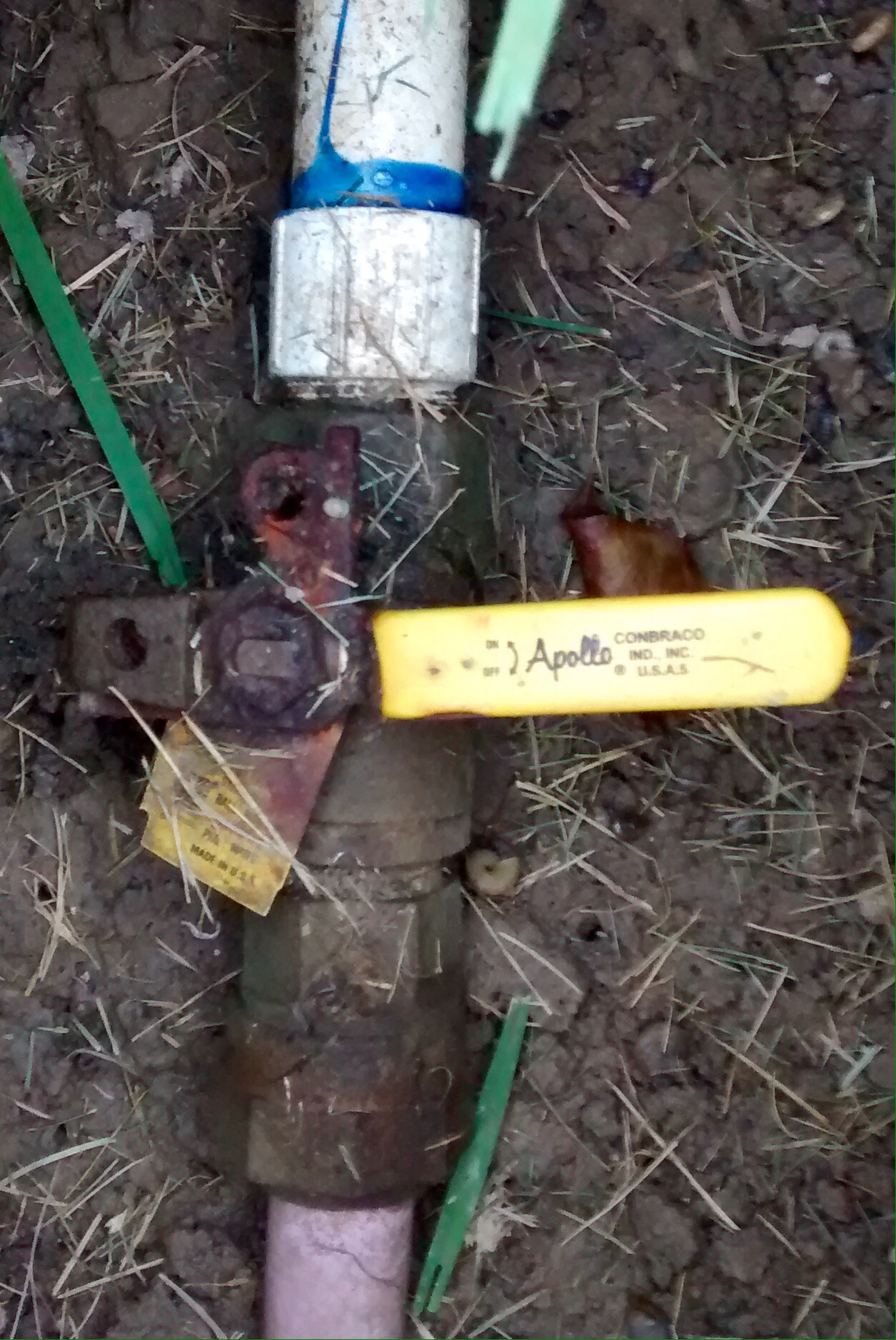 This is the water line for my sprinkler system. The first picture shows an open line. The second shows a closed line. And it probably makes sense, right. You might guess that the one with the handle turned was the closed one. And that is exactly the way the manufactures design them. When a handle (or knob) is in line with the pipe, it’s open. When it’s crosswise to the pipe it’s closed.
This is the water line for my sprinkler system. The first picture shows an open line. The second shows a closed line. And it probably makes sense, right. You might guess that the one with the handle turned was the closed one. And that is exactly the way the manufactures design them. When a handle (or knob) is in line with the pipe, it’s open. When it’s crosswise to the pipe it’s closed.
Garden hose manufactures use the same concept. These lines are open. (Yellow handle “in line” with the hose.)
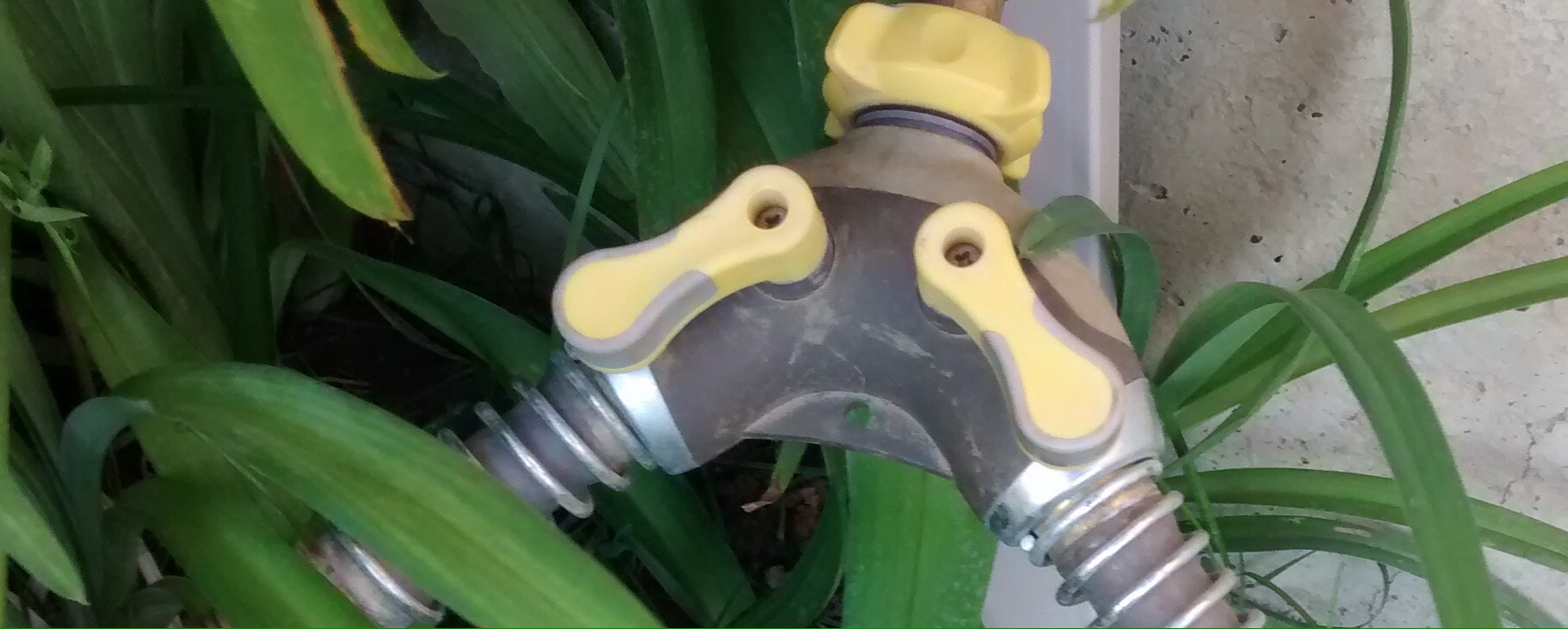
These lines are closed. (Yes ll handles crosswise to the hose.)

Here’s another example of a water line. First one is closed since the small black “handle” is crosswise to the flow of water.
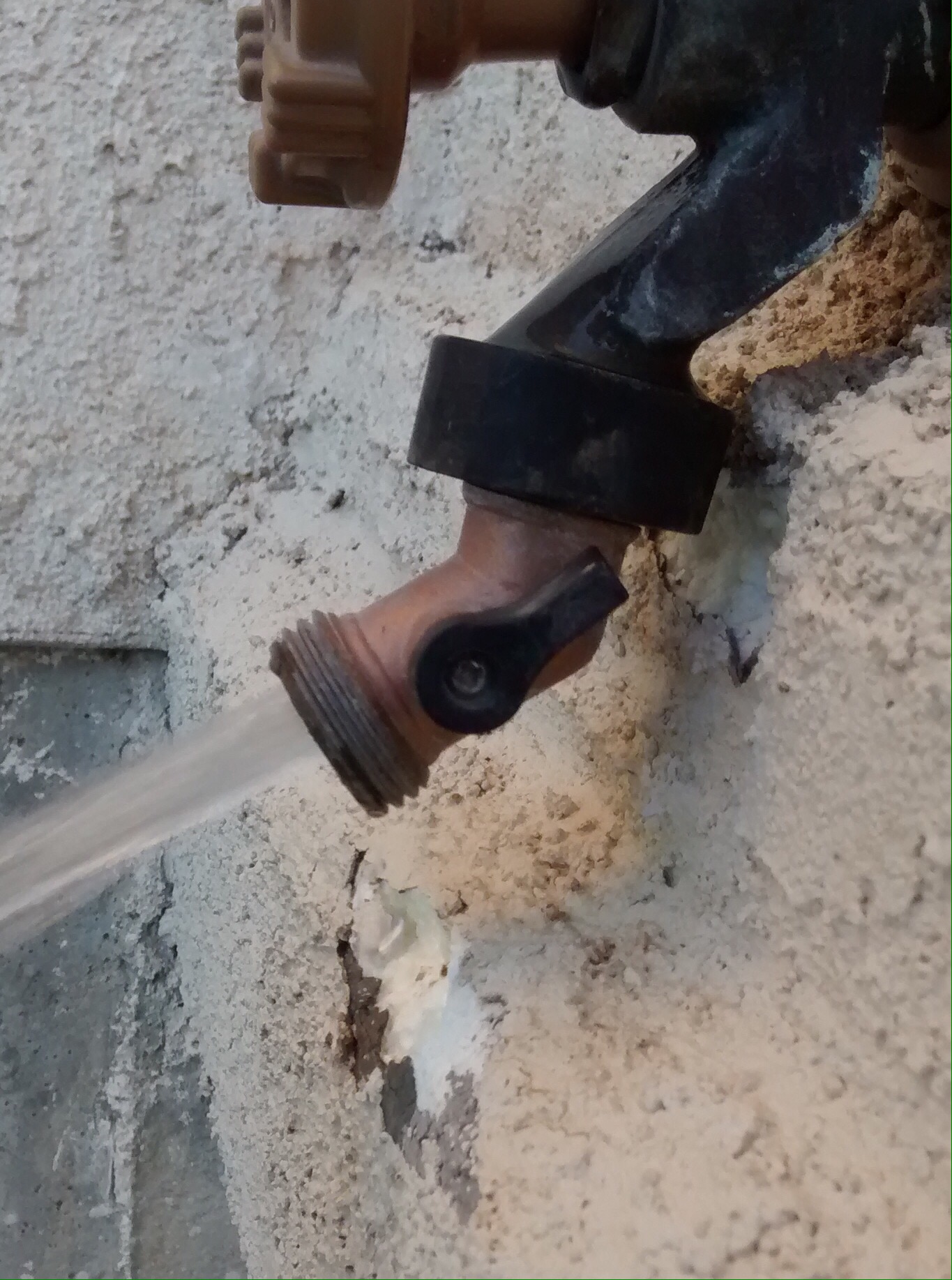
Here is another water line. This one inside the house. Because the handle is inline with the pipe, I know that this valve is open.
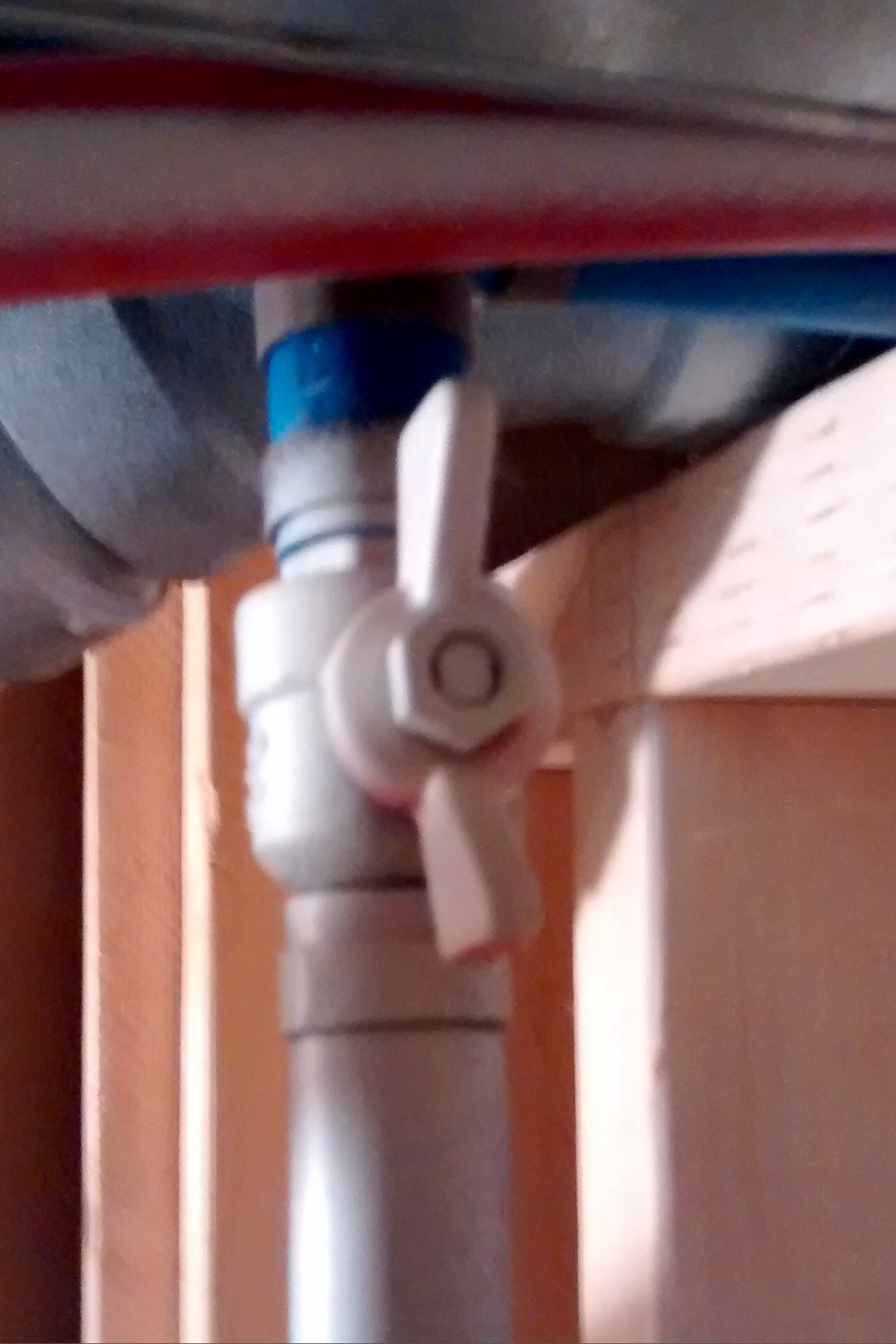
Gas lines work the same as water lines. Here are the gas lines that feed my furnace and water heater. The handles are inline so I know that they are open. Well, that and the fact that my shower was nice and warm this morning.
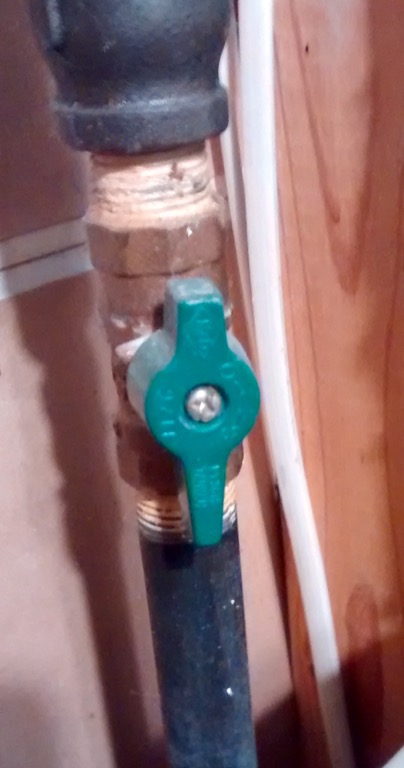
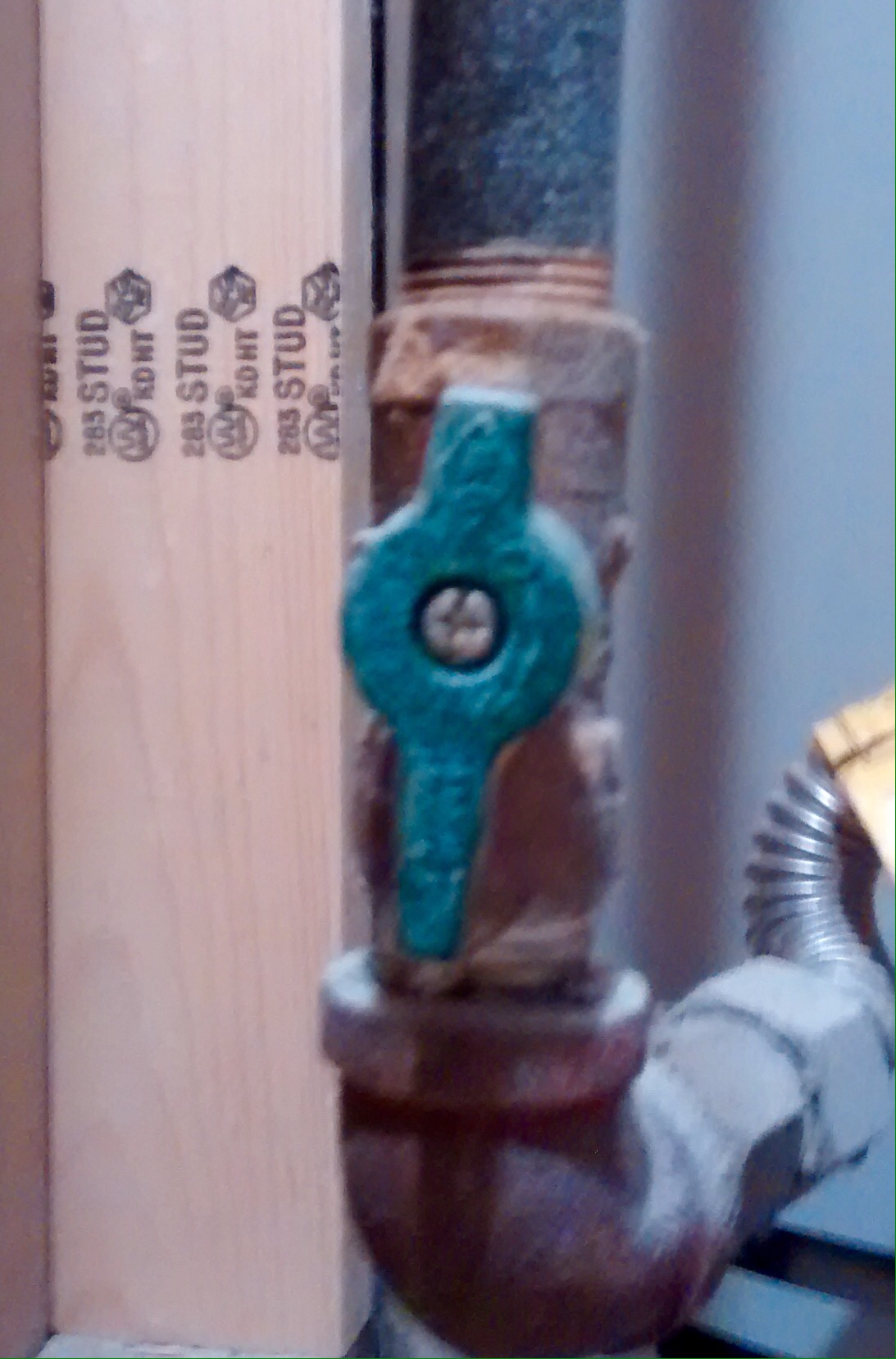
Okay, I knew all of this about pipes, what what I only recently learned was that doors work the same way. Here’s a deadbolt. It is crosswise to the door, so it is closed, or latched.
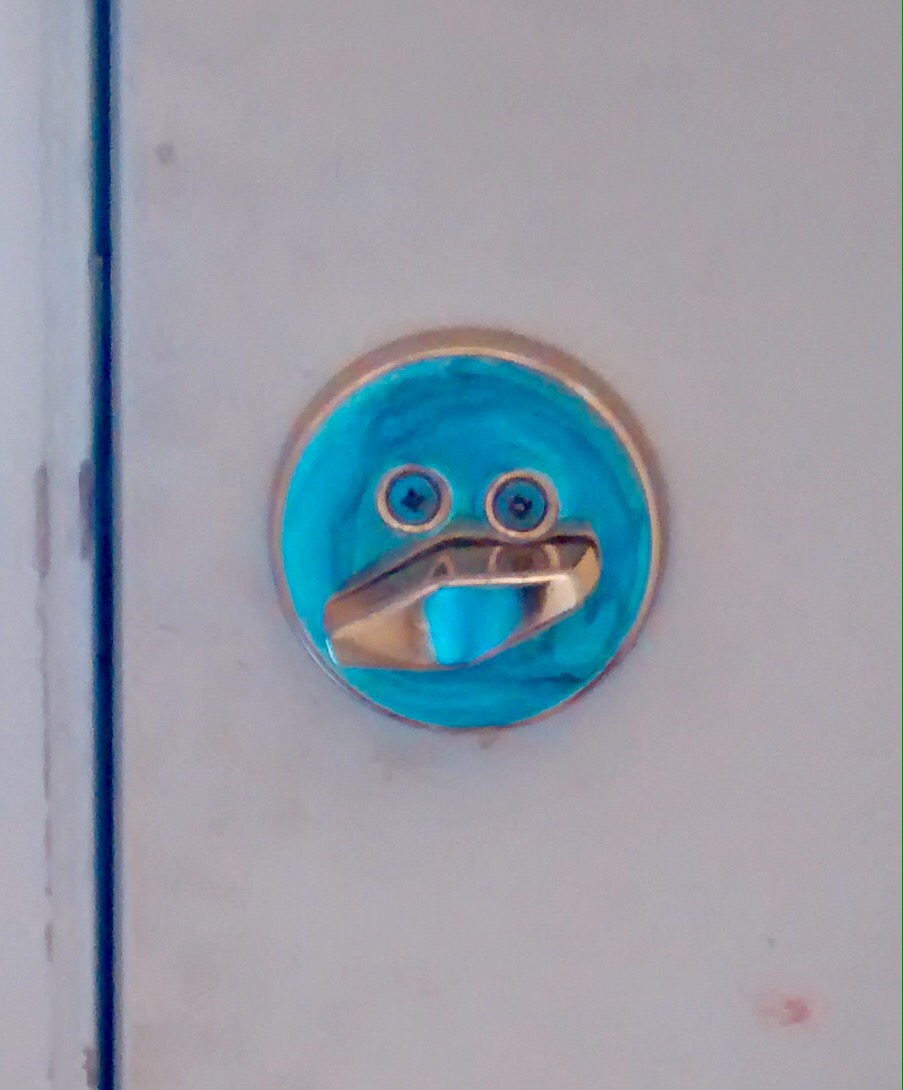
Here’s the same look, but now the handle si “inline” with the door so it’s unlocked.
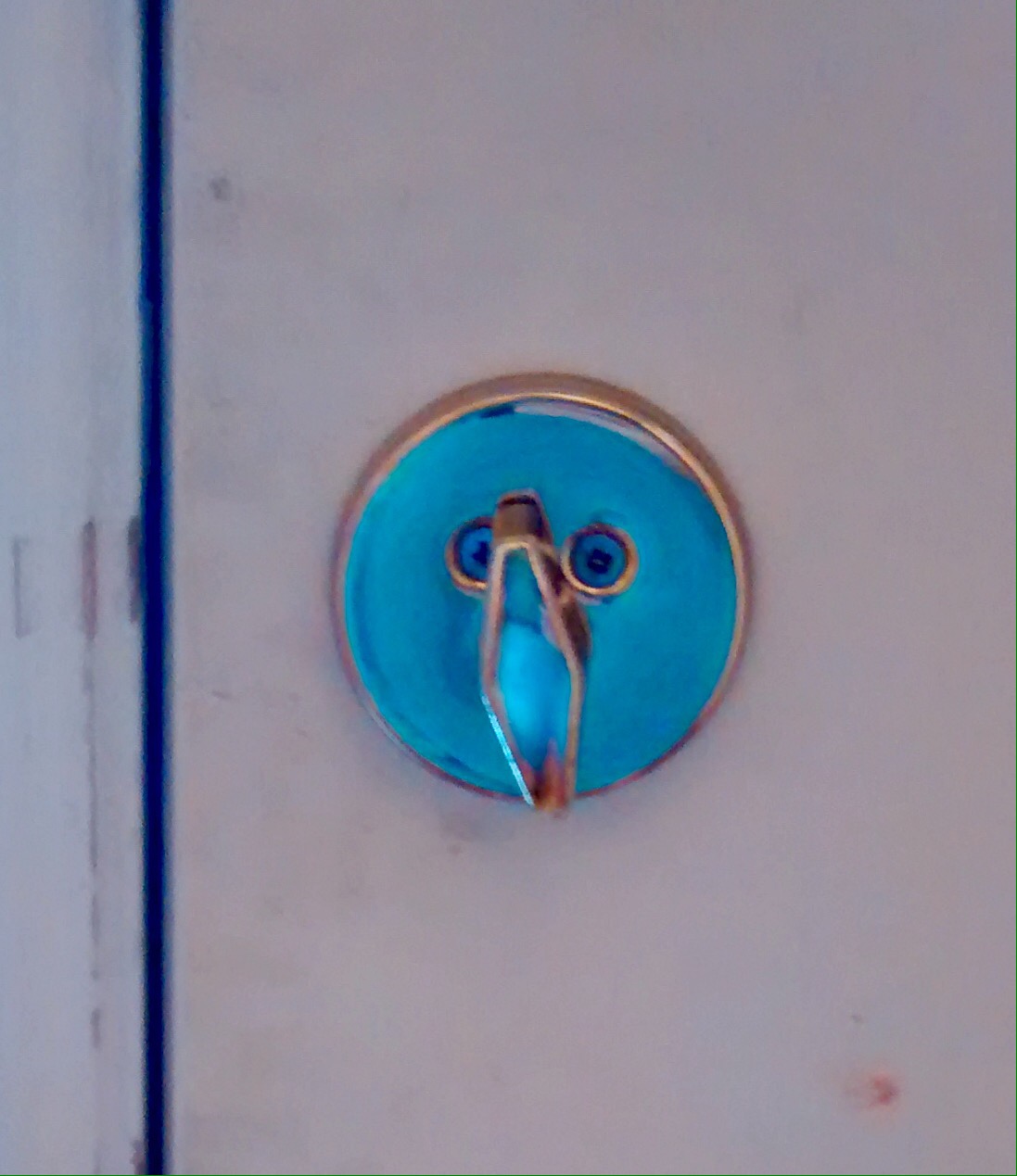
Bathroom door locks work the same way. Inline with the door:
Crosswise with the door?
It took me a long time to figure this out. It’s pretty obvious when you look at this way. I no longer have to test each door to see if it’s locked or not. I get less water sprayed on me because I couldn’t figure out whether the faucet was on or off. And I know that if I need to shut off the gas, I can be absolutely retain it is turned off if I switch the handle crosswise.
Sometimes those people who can just look at something and figure it out, just had the advantage of learning the inline/crosswise code.
Rodney M Bliss is an author, columnist and IT Consultant. His blog updates every weekday . He lives in Pleasant Grove, UT with his lovely wife, thirteen children and grandchildren.
Follow him on
Twitter (@rodneymbliss)
Facebook (www.facebook.com/rbliss)
LinkedIn (www.LinkedIn.com/in/rbliss)
or email him at rbliss at msn dot com(c) 2016 Rodney M Bliss, all rights reserved
Did you see that?
What do you mean, Rodney?
Did you see what my boys just carried by?
Steve Young, a Hall of Fame NFL quaterback was recently asked on a national sports show to talk about what the locker rooms on championship teams were like, and how they were different than other teams.
There’s a famous quote, ‘you teach them correct principles and let them govern themselves.’ In governing themselves, the locker rooms take care of problems and the leadership of the team deals with it.”
It might not be as famous a quote to people who didn’t attend Brigham Young University and aren’t members of the Mormon church. But, the concept is true in business as well as football.
I have always emphasized to my teams that I expect them to take the initiative. I describe it as “In the absence of order: attack!” But, the concept is the same. You should be empowering your teams to make decisions when you aren’t around.
It’s one of the hardest lessons for new managers to learn: the necessity of backing off and letting your team manage itself. Often we think that the reason we are managers is that the company needs us to make decisions. And often that is true. But, it’s not always true. And I would suggest it is not true more often than it is true. While working for WordPerfect many years ago, my computer crashed. That wasn’t noteworthy. However, IT was slow in replacing it.
What’s the holdup on my new computer?
Well, Pete’s been out of town. We are waiting on his approval.
Pete who?
Peterson.
Isn’t he the Executive Vice President?
Seriously, putting a new computer on my desk as a support operator had to be approved by the third ranking member of the company. Ultimately when Pete approved my computer it was the exact computer that everyone from the local IT desktop engineer to the Senior VP over technology recommended. It didn’t help the process at all to have the EVP personally signing off on new hardware purchase.
In my current role I create requests for external vendors to have limited accounts on our system. Because the vendors will have access to a portion of one of our key systems, my request has to be approved by a Senior Vice President. However, the SVP never rejects my request. He understands that I wouldn’t send him a request that wasn’t needed and authorized. I talked to him once about the extra approval step. It slows down my ability to quickly grant access to our vendors.
We have to go through and verify that the access we are granting won’t allow the vendor to get to any other client’s data on that server.
I understand that. But, my client is big enough that they have exclusive access to their server. There are no other clients on that server.
The point of the review is to prevent multiple clients on the same server from being able to access each other’s data. In this case we add no additional security since my client is the only client on their server. In business, you should look for opportunities to push the decision making as far down the chain as possible and still maintain security. Train your people how to run the business and then trust them to do it.
Teach them correct principles and let them govern themselves.
This quote comes from Jospeh Smith, the controversial founder of the Mormon Church. He was asked one time how he managed to govern such a large group of people. His response was “Teach them correct principles and let them govern themselves.”
It can apply in your personal life as well. I went camping with my boys on Friday. This was a church event called “Fathers and sons” campout. Four of my boys were with me, two sixteen year olds and two thirteen year olds. My responsibility Saturay morning was to help cook breakfast for the 50 people who were there. Of course, I got up early and fired up the grill before others, including my boys were up.
I’ve had a rule since my boys first started camping: Pack all your gear before breakfast.
It helps make breaking camp go quicker, if the boys have to do the work before they can eat or go play with their friends. They don’t always remember. But, if you ask them, they can quote the rule. On Saturday morning, there were my boys carrying their gear to the van while I cooked bacon. Not just their gear, but the tent we had all slept in and the ground clothes and even some of the chairs.
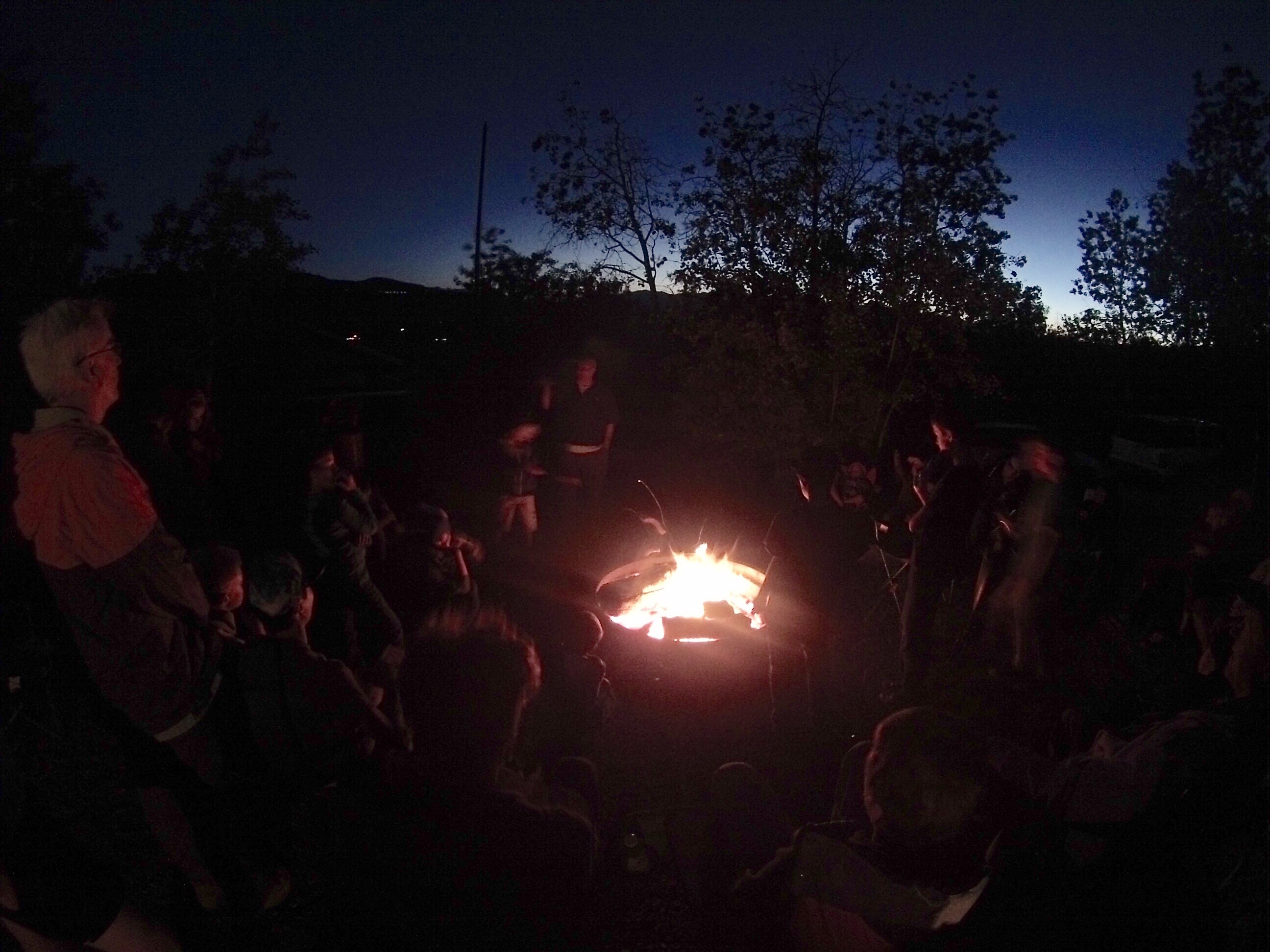
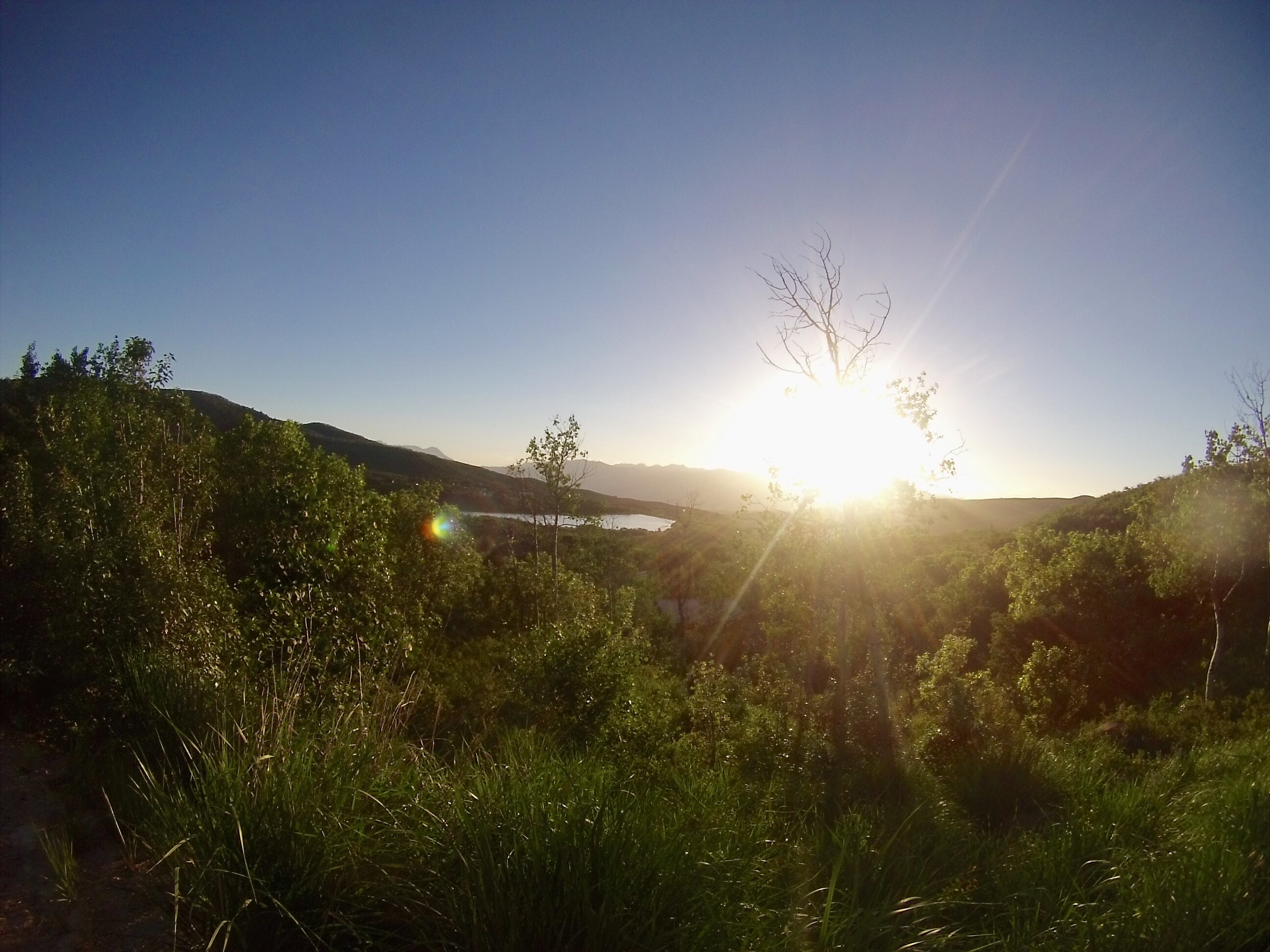
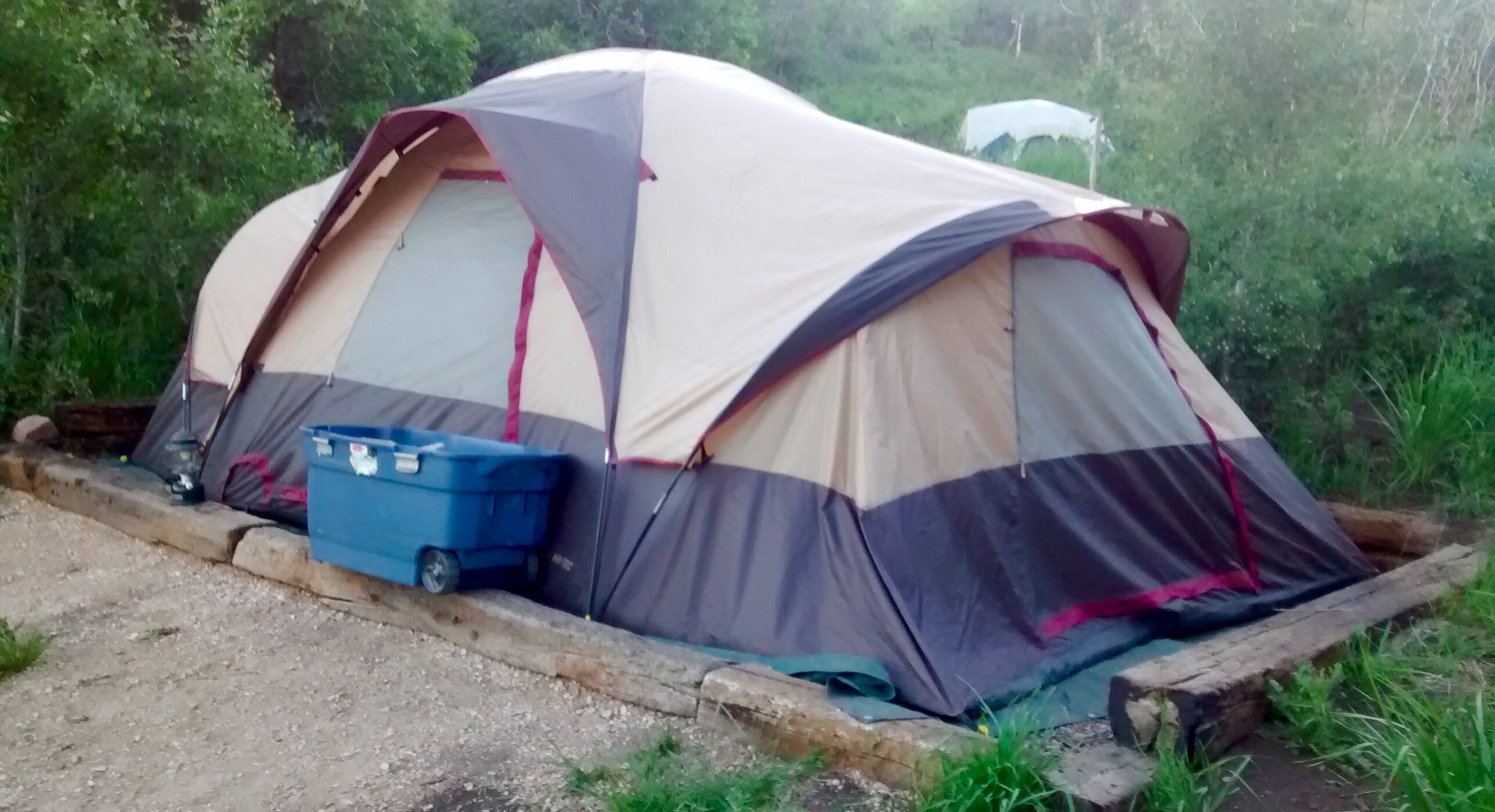
Teach them correct principles and they will govern themselves.
Rodney M Bliss is an author, columnist and IT Consultant. His blog updates every weekday at 7:00 AM Mountain Time. He lives in Pleasant Grove, UT with his lovely wife, thirteen children and grandchildren.
Follow him on
Twitter (@rodneymbliss)
Facebook (www.facebook.com/rbliss)
LinkedIn (www.LinkedIn.com/in/rbliss)
or email him at rbliss at msn dot com(c) 2016 Rodney M Bliss, all rights reserved
Dad?
Yeah?
There’s water in my closet.
I hate water.
It’s not that I hate the beach or swimming, or even drinking water. (I recently switched from soda to water and feel much better.) I just hate water in my house.
I’m a reasonably good handyman. I own a garage full of tools. I can run wire and install electrical outlets. I can install drywall. I even can do the more difficult muddling and taping. I’ve patched my roof when a windstorm blew off shingles. And I can install water faucets, toilets and sink drains. . .and I hate it.
My logic is sound. When you work with lumber, for example, it’s easy to see if a wall is straight, or if a baseboard is attached. You have immediate feedback.
Electrical scares some people. It’s one of the few things in your house that is going to kill you if you do it wrong. And that’s why I enjoy it. Not the aspect of dying, of course. But, if you don’t do electrical correctly, you know it right away. The circuit breaker flips, or you get sparks, or it just doesn’t work when you flip the switch. If you work carefully and respect the fact that it can kill you, electricity is pretty straightforward.
The problem with water is that it’s not like that. It’s not that hard to replace a faucet. You turn off the water. Pull off the old one. Install the new one. Turn the water back on. . And then start trying to figure out why the joint is weeping. Seriously, it’s like the connection is crying. The tears well up slowly and then a single tear trickles down the pipe.
You aren’t done. You have to make the pipes happy and get them to stop crying. So, you turn off the water, disconnect the faucet pipes. Rewrap them with Teflon tape. Reconnect the pipes. Turn the water back on and watch it cry again.
Worse is when the initial connection seems to be solid and then a month later you come back and realize that the cupboard under the sink has been absorbing the tears of the weeping pipes for weeks. That’s the problem with water. The problem may not be immediately obvious and then weeks later it can show up.
Yes, I hate water. But, not enough to call a plumber. I don’t even know how much they would charge to simply show up.
So, I dug out a flashlight and started poking around my son’s closet. Yep. There’s water dripping down. Fortunately the closet is empty. I considered how much of the ceiling I was going to have to remove to get to the leak. As I watched the pipes weeping, they seemed to start feeling a little better. In fact, the drips got less and less and finally stopped.
Tell you what, put a pan and a towel down and let’s look at it in the morning.
The next morning I started investigating. One of my bathroom sinks upstairs had water all over the shelves. Eventually, we figured out it was a broken sink drain.
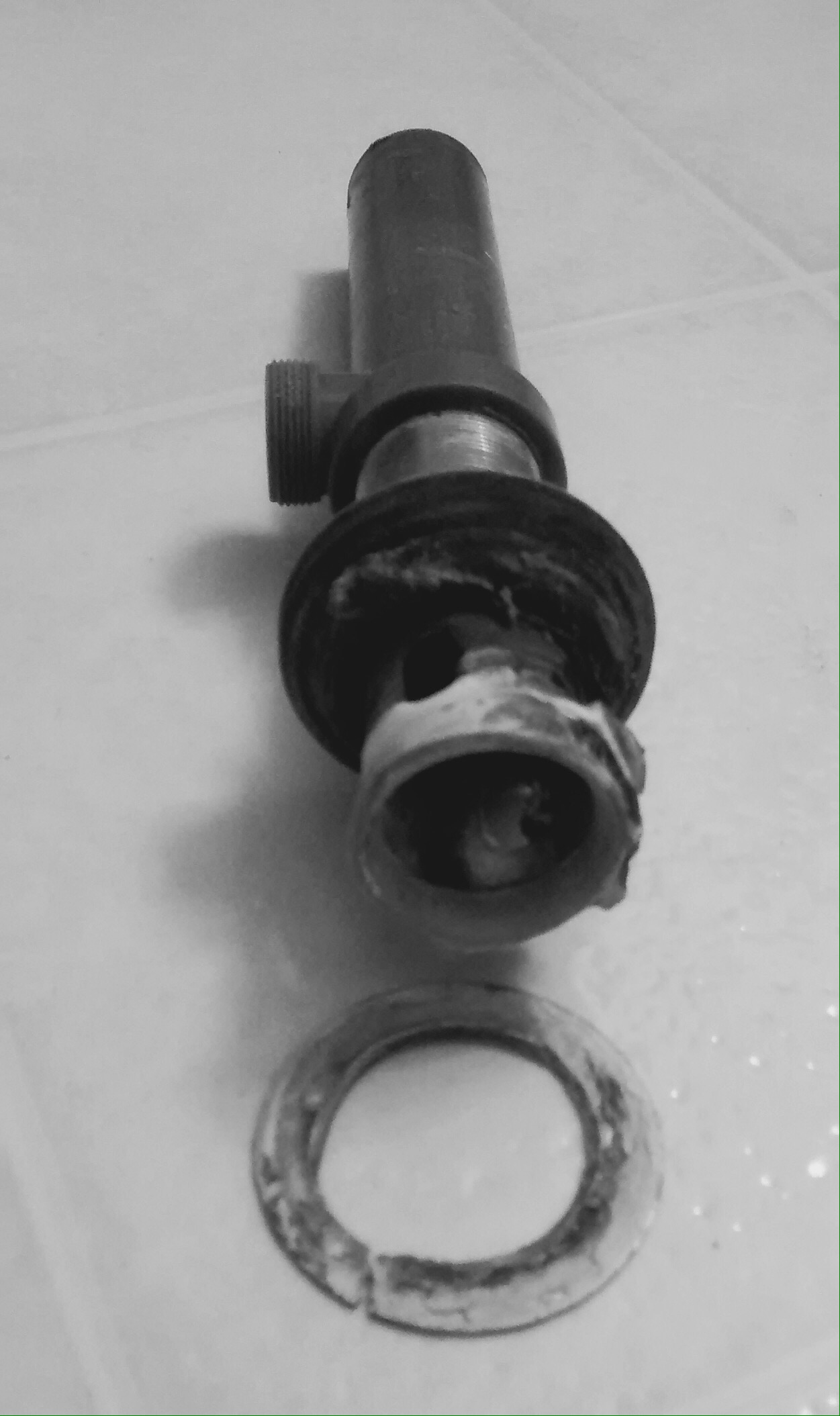
Two trips to the hardware store. (No, you never get the right part the first time. At least I don’t.) And a new drain was installed.
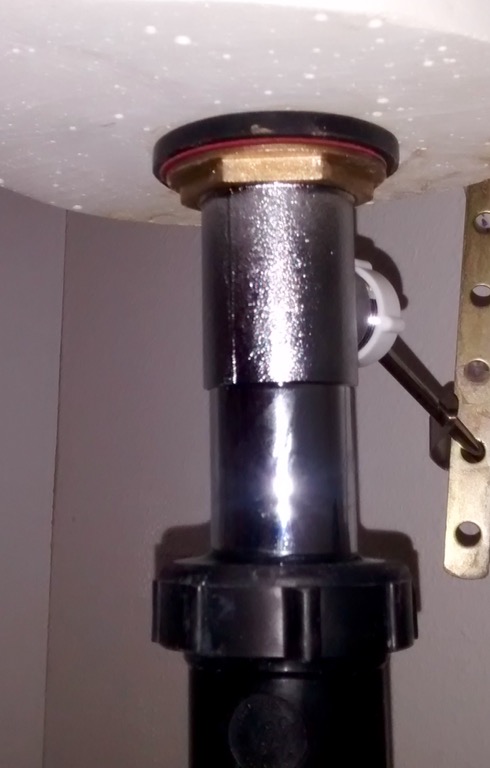
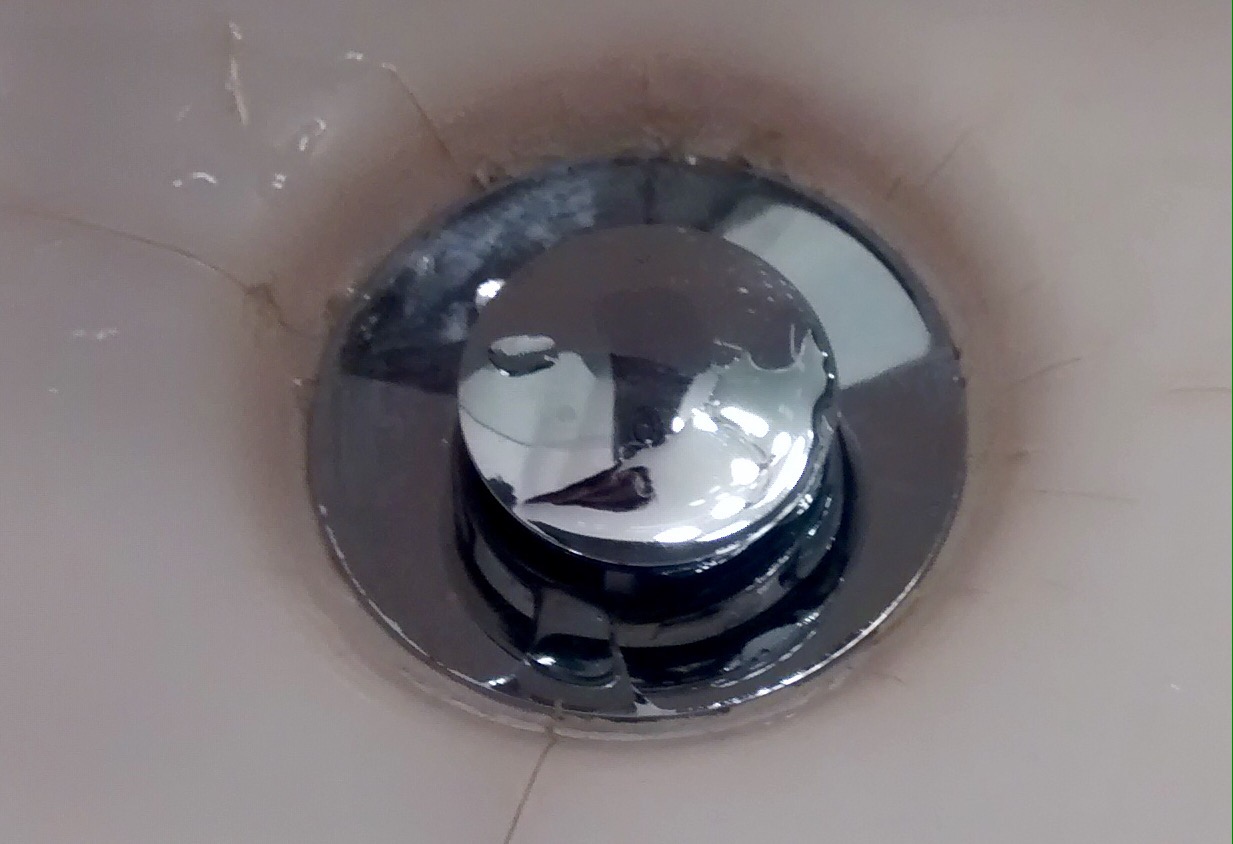
Of course, I ran water through it after I put it back together. There were no leaks. So, I can say with absolutely no confidence that It will no longer leak.
I hate water.
Rodney M Bliss is an author, columnist and IT Consultant. His blog updates every weekday at 7:00 AM Mountain Time. He lives in Pleasant Grove, UT with his lovely wife, thirteen children and grandchildren.
Follow him on
Twitter (@rodneymbliss)
Facebook (www.facebook.com/rbliss)
LinkedIn (www.LinkedIn.com/in/rbliss)
or email him at rbliss at msn dot com(c) 2016 Rodney M Bliss, all rights reserved
Maybe it’s our obsession with rankings. Or maybe it’s our experience with standing in line. But, we have a natural affinity for being first; being number one. However, it causes problems when we take our expectations from one area, (our favorite baseball team’s league standings) and apply them to another area, (seating.)
I love living in a small town. My adopted home town of Pleasant Grove, UT has a summer festival every year. All the towns in the area do. Ours is called Strawberry Days and is the longest running community festival in Utah. It’s been running for 96 years. Yesterday, I got to attend the street carnival with my kids in the afternoon and then last night we attended the rodeo.
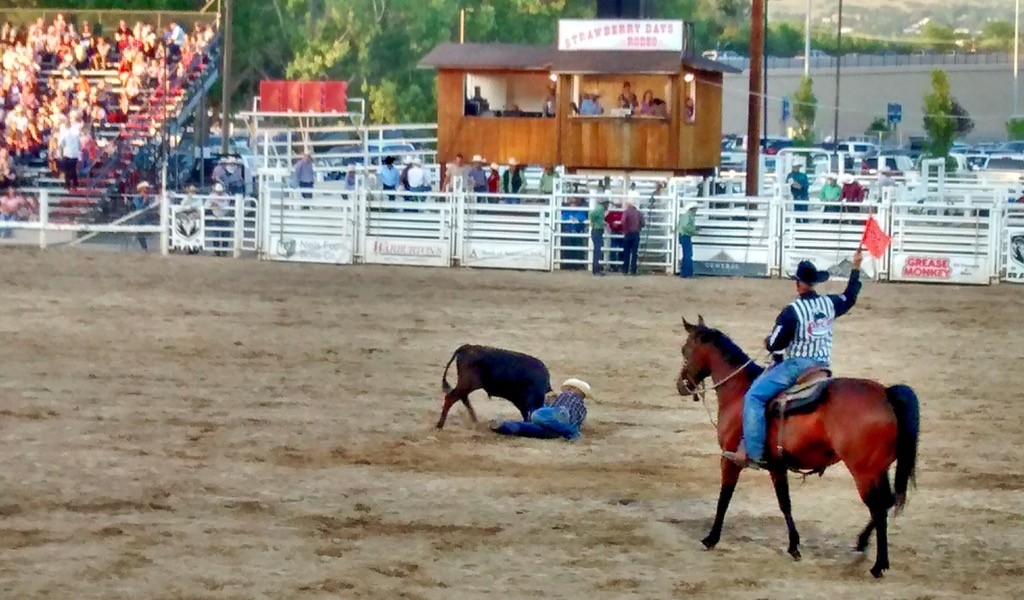

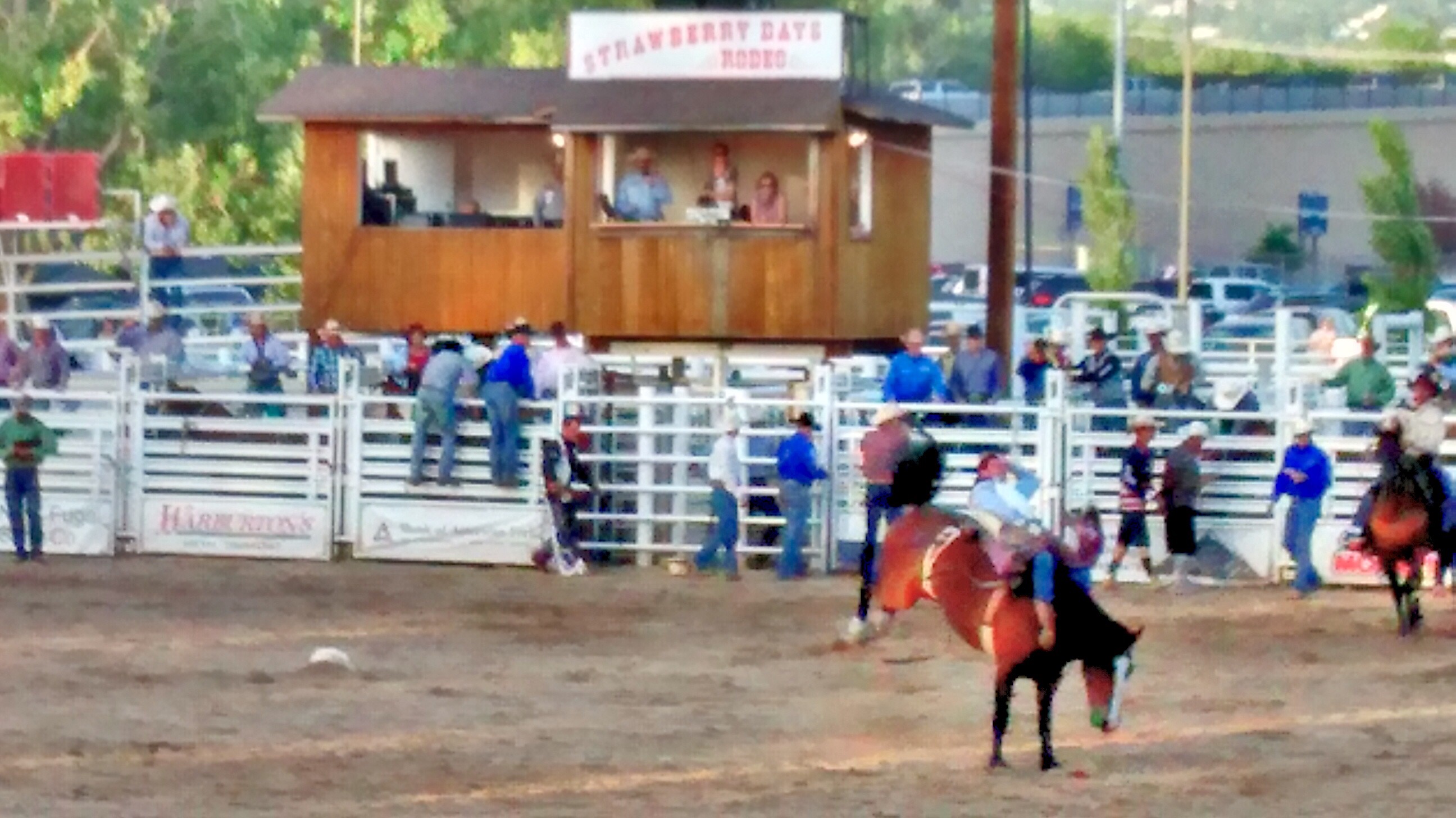
Rodeos are a big deal in Utah. Ours is no exception. Some of the best Cowboys in the world compete in bronc riding, bull riding, calf roping and wild cow milking. (Okay, that last one isn’t actually an official event, but was still fun to watch.) The rodeo runs from Wednesday to Saturday and it sells out every year. While it harkens back to a simpler time in our nation’s history, it’s run with modern technology. Tickets are typically purchased in advance. At the gate, the ticket takers scan the barcode of the printout using cell phone apps. Oh, and seats are preassigned.
My lovely wife purchased our tickets. She was buying for our family and for some friends. She bought a total of 12 tickets. And of course, she wanted them all together. She was offered the front row. She declined. See, she’s been to the rodeo before.
If you’ve ever attended a comedy show, even once, you probably quickly realized that your seat in the front row was a mistake. Well, unless you enjoy being humiliated by the headliner.
Yes, he will notice when you pull out your cell phone. He will be happy to pick any aspect of your outfit, or friends to turn into a joke. And you should never heckle at at a comedy show. However, if you heckle from the front row, you are going to be mocked mercilessly by the comedian on stage.
The front row is not the best seat in the house.
We have these seats for the rodeo available in the front row.
No thanks. Those aren’t very good seats.
No?
No. You have to be at least four or five rows up to get a good view of the arena.
Really?
Yes, really. As we filed in and took our seats on rows 9, 10 and 11, we noticed something else about the front row folks. Not only was their arena-level view limited by being so close, they also had to contend with the sponsors bunting.
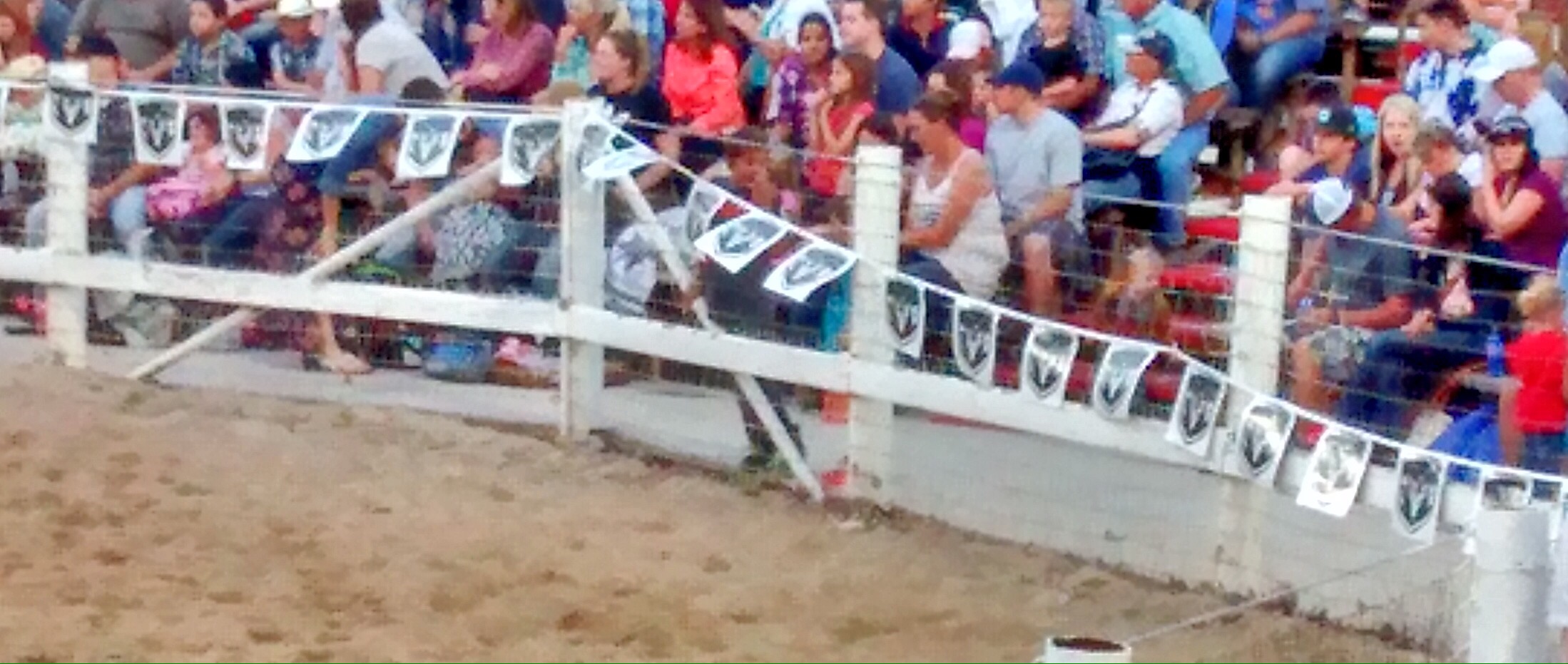
It wasn’t long before the flags were rolled up.

We enjoy the rodeo every year. This year, the bull riders were better and the clowns were worse. The strawberries and cream were just as good and the seats? Our not-front-row seats were excellent.
Rodney M Bliss is an author, columnist and IT Consultant. His blog updates every weekday at 7:00 AM Mountain Time. He lives in Pleasant Grove, UT with his lovely wife, thirteen children and grandchildren.
Follow him on
Twitter (@rodneymbliss)
Facebook (www.facebook.com/rbliss)
LinkedIn (www.LinkedIn.com/in/rbliss)
or email him at rbliss at msn dot com(c) 2016 Rodney M Bliss, all rights reserved

